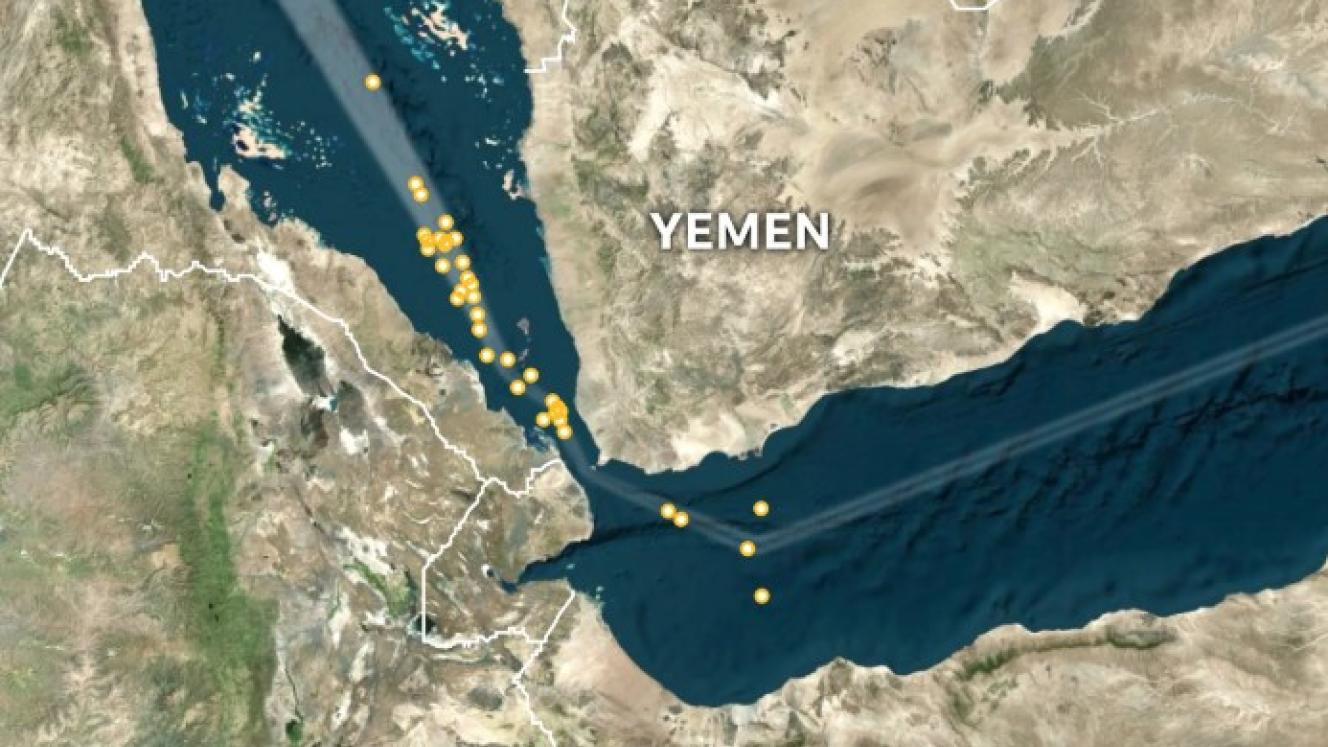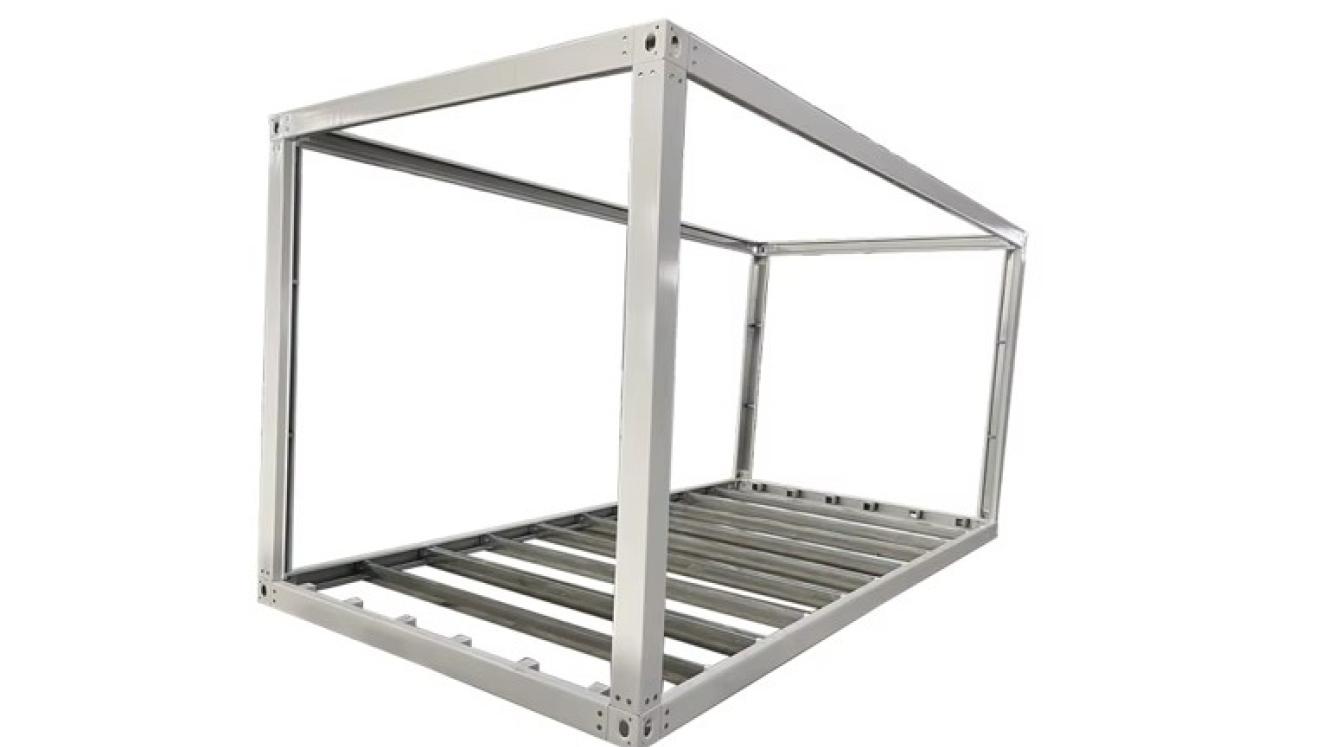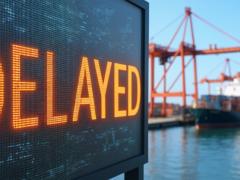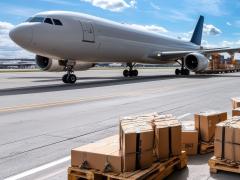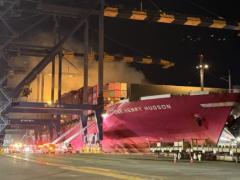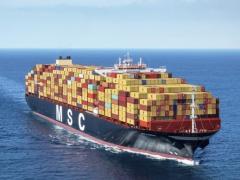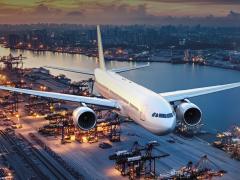While relative calm seemed to usher in the possibility of a return of maritime trade to the Red Sea, ahead of the recent Middle East conflict, Houthi attacks on commercial vessels south of the Suez Canal are here to stay.
This is despite earlier indications by the likes of French line CMA CGM that it is ready to resume, in full, scheduled sailings through the Egyptian waterway.
But June’s 12-day war between Iran-Israeli and the resumption of Houthi rebels’ determination to continue disrupting vessel traffic off Yemen’s west coast have put paid to hopes of risk-free voyages north of Bab el-Mandeb Strait.
Maritime Executive reports that Houthi forces appear resolute in continuing their campaign against shipping interests with alleged links to Israeli port calls.
They also sporadically and ineffectively launch drones and missiles at Israel. However, recent attacks on port infrastructure in Hodeidah, Ras Isa and Salif, orchestrated by forces aligned with stabilising trade in the region, have complicated the importation of the materials the rebels require to sustain their campaign.
Security forces in the Lahij region, run by the Aden-based Southern Transitional Council, which opposes the Houthi movement headquartered in Sanaa, and which is sponsored by the UAE, recently intercepted a consignment of prefabricated cranes manufactured in China at the Al Hawtah border crossing.
The hoists were intended to unload ship containers, replacing infrastructure destroyed during attacks on Houthi-controlled ports. The prefabricated cranes had been offloaded in Aden and the Houthis were attempting to smuggle the components by truck into areas under their control.
The interception occurred at a checkpoint between the two contested regions of Yemen. Further south in Abyan, UAE-aligned forces also recently seized a large quantity of small arms ammunition destined northward by truck.
Although these interceptions have become common, the Ansar Allar movement, run by militia leader Abdul-Malik al-Houthi, remains unbowed by recent military setbacks.
Another recent cargo seizure included equipment necessary to establish a drone factory within Houthi-controlled territory. The equipment was intercepted on August 2 by the Counter-Terrorism Service in Aden. It was packed in five containers, declared as holding car parts, unloaded from a vessel arriving directly from China. Analysis of the contents suggests that the drones the factory could have produced, once assembled, would have been of short to medium range.
Among seized cargo was a Swiwin SW1200Pro turbojet, manufactured in the Baoding High-Tech Zone in China. The thrust output of this turbojet is suitable for short to medium-range drones. For longer-range drones and missiles, the Houthis still appear reliant on components imported from Iran. The dhow Al Sharwa, intercepted in July by Tareq Saleh’s National Resistance Forces, contained Iranian-manufactured components for the longer-range Sayyad cruise missile, which has a 200kg warhead and a 500 mile range.
China maintains good relations with the internationally recognised Yemeni government through an embassy based in Aden. When interviewed by Asharq Al-Awsat on July 8, Chargé d’Affaires Shao Zheng claimed that China exercises strict controls over goods that could possess military value to the Houthis. Predictably, on August 12, he described as “baseless rumours” reports of intercepted Chinese goods in the port and stated he did not know the origin of the Chinese-manufactured turbojets.
Overland smuggling maintains the flow of supplies. Traffic crosses constantly over land borders between the two contested areas of Yemen, a reality exploited by Iranian arms smuggling networks. Controls are not always effective and can be circumvented through bribery. The main road from Aden, controlled by the internationally recognised government, has recently reopened, passing through Houthi-controlled areas to Sana’a and Hodeidah. With Red Sea port access impeded, the use of these internal smuggling routes through Yemen is likely to increase.
Increased seizures, at sea and within Yemen, indicate that, if the well-established “front door” smuggling routes from Iran via Hodeidah are disrupted, the Houthis will adapt and employ “back door” routes instead. The Houthis are unlikely to be able to manufacture all they require to pursue their aggressive campaign independently. This places additional responsibility on shipping and logistics companies to ensure customs and end-user declarations are accurate.
The Houthi movement is currently experiencing internal disruptions but pursuing hostile acts against demonised external parties likely serves as a mechanism to unite their movement. Adaptive arms smuggling will continue and Chinese firms will be keen to capitalise on the commercial opportunities presented – whether or not the Chinese authorities are aware or encouraging it.
